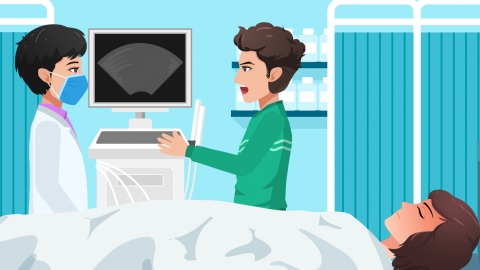Is chest tightness after heatstroke a sign of oxygen deficiency?
Generally, chest tightness after heatstroke may be a sign of hypoxia, but it could also be caused by other factors. If discomfort occurs, it is recommended to seek timely medical treatment at a formal hospital. Detailed analysis is as follows:

Chest tightness after heatstroke might indicate hypoxia, as during heatstroke the body is exposed to a high-temperature environment. To dissipate heat, blood vessels in the skin dilate, which can reduce blood perfusion to vital organs such as the brain and heart. Additionally, high temperatures may impair respiratory function, leading to insufficient oxygen intake and subsequent hypoxia, which manifests as symptoms like chest tightness and shortness of breath. In such cases, the body attempts to compensate for the hypoxia by increasing the breathing rate.
Chest tightness following heatstroke could also result from other causes. For example, excessive sweating during heatstroke can lead to significant loss of body fluids and electrolytes, causing disturbances in water and electrolyte balance. This imbalance can affect normal heart function and result in chest tightness. Alternatively, individuals with underlying conditions such as heart disease or lung disease might experience a worsening of their pre-existing conditions due to heatstroke, leading to chest tightness. These situations are not directly related to hypoxia.
If chest tightness occurs after heatstroke, the person should immediately be moved to a cool, well-ventilated area, have their clothing loosened, and be cooled down with appropriate measures. They should also be given cool beverages containing salt. Additionally, in daily life, one should take precautions against heatstroke, limit outdoor activities during high-temperature periods, and ensure proper sun protection and hydration.






